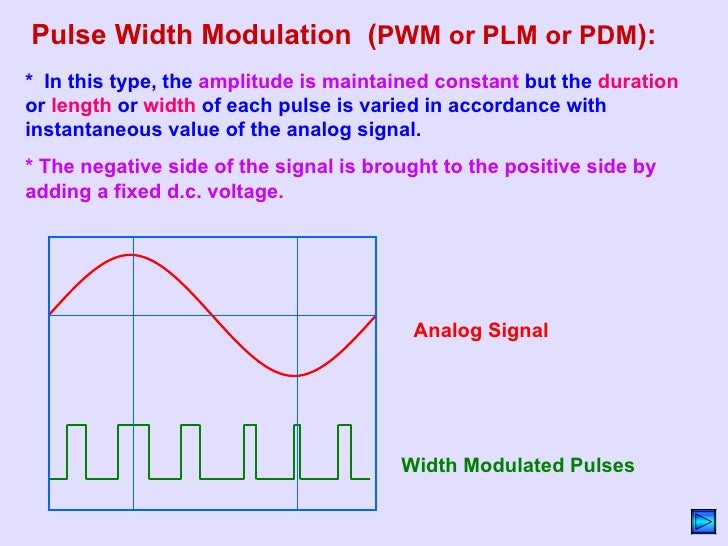46+ The Most Complete Pulse Amplitude Modulation Definition. Pulse amplitude modulation (pam) in pulse amplitude modulation, the amplitude of pulsed carrier wave is varied according to the modulating signal. Pulse amplitude modulation (pam) is the simplest form of pulse modulation. Pulse amplitude modulation(pam) is the simplest form of pulse modulation.

46+ The Most Complete Pulse Amplitude Modulation Definition In pulse amplitude modulation, amplitude of pulse varies with signal.
Pulse amplitude modulation is defined as the data transmission by altering the amplitudes (power levels or voltage) of every pulse in a regular time sequence of electromagnetic pulses. In amplitude modulation, the amplitude of the carrier is varied in accordance with the information signal. A pam system can be visualized as a switch that closes every. A form of pulse modulation in which variations in the signal amplitude are represented by variations in the amplitude of the pulses;
Pulse amplitude modulation (pam) is a technique in which the amplitude of each pulse is controlled by the instantaneous amplitude of the modulation in continuous wave modulation signal is used as a carrier signal which modulates the message signal. There are three parameters that can be altered. He used a continuous spark. The possible number of amplitudes can be infinite, but mostly it is some power of two so that the final output signal.
Here we explain amplitude modulation process. The analog modulation techniques are mainly classified into pulse amplitude modulation, pulse duration modulation/pulse width modulation, and pulse position modulation. Modulation is the process of mixing a low energy message signal with the high energy carrier signal to produce a new high energy analog pulse modulation is the process of changing the characteristics (pulse amplitude, pulse width or pulse position) of the carrier pulse, in. Consists of narrow pulses with the amplitudes of the signal within the pulse width (for narrow pulses, the pulse amplitude can be approximated by the signal amplitude at the sampling time—this is.